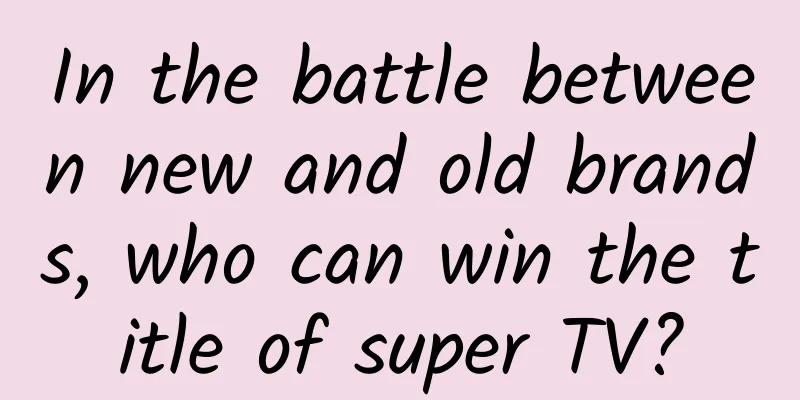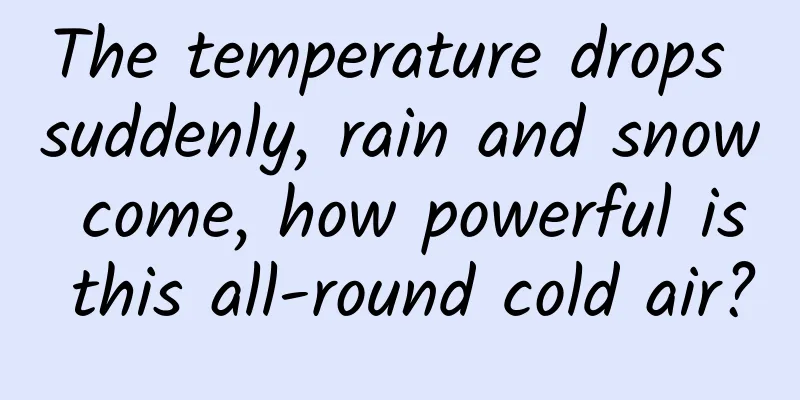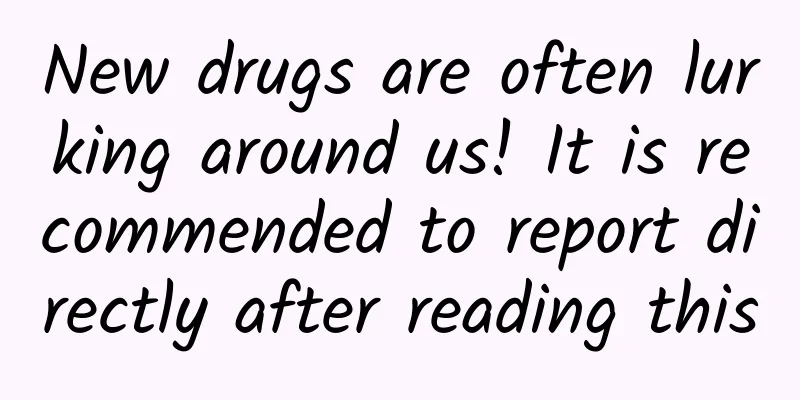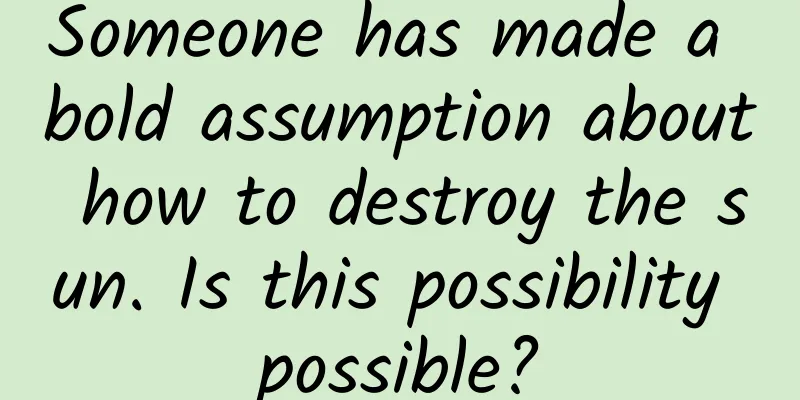World Book Day丨I know you’ve read history books, but what about “shitty books”?

|
Produced by: Science Popularization China Author: What's more Producer: China Science Expo Another World Book Day is here, but today we are not promoting books, but rather promoting the paper that can be made into books. Paper is not something unique, but without it, we would be lost. Since Cai Lun invented (or improved) paper, the Chinese have mastered this "black technology", and our history is more clearly recorded than any other country on this planet. With the advancement of technology and the development of industry, paper has become a versatile tool that can be used in both office and kitchen applications, and the sources and types of paper are also varied. Poop is not scary, what is scary is culture Paper made of shit, have you ever tried it...oh no, have you ever used it? If you have been to the Wild Elephant Valley in Xishuangbanna, Yunnan, you may be able to buy various papers made from elephant dung. Are you worried that this kind of paper is too strong? In fact, elephant dung is not only not that smelly, but also has a fresh fragrance of grass. How should I put it, it may be a bit like the smell of cow dung? Well, there is no doubt that I have smelled cow dung up close (really just smelled it). Friends who are eating, please be careful when ordering from the pictures below! Elephant dung (Photo source: Veer Gallery) So why use elephant dung to make paper? The reason is actually very crude, because elephants poop a lot! Yes, you read that right. As the largest land animal in the world, elephants eat more than 200 kilograms of plants and grass every day, and their feces are more than 100 kilograms. Elephants are social animals, so such a huge amount of feces can be said to be "more quantity without increasing the price". Therefore, in some places with more elephants, such as Thailand and Sri Lanka, there are cultural and creative products made from elephant dung. In fact, not only elephants, but also our national treasure giant pandas can make paper from their feces. Giant pandas are not as big as elephants, so the weight of their feces is naturally "slightly inferior". There is a Caihou Paper Museum in Shaanxi that has tried to make paper from giant panda feces, and has figured out which season panda feces make better paper. In spring and summer, bamboo is tender, and the feces of pandas are relatively soft and cannot be used. In autumn and winter, pandas eat old bamboo, and the feces at this time are the best choice for papermaking. Giant Panda (Photo source: Veer Gallery) In addition to elephants and pandas, in theory, the feces of many herbivorous animals can be used to make paper. This kind of paper has an advantage, that is, it is environmentally friendly and creative. Shit is originally useless. It is fine to leave it in nature, but in some zoos or animal breeding and protection places, it has become a nightmare for "shit scoopers". Now waste is recycled and made into paper. I believe that any tourist who sees it will have the urge to buy it. After all, who would refuse cultural feces? Whose bad idea was it to make paper from shit? It is true that elephants poop a lot, but who came up with the stupid idea of making paper from poop? The principle actually goes back to the core element of papermaking raw materials: plant fiber. In the 17th century Chinese encyclopedia of crafts and the famous handicraft masterpiece "The Exploitation of the Works of Nature", it is recorded that the main raw materials for papermaking at that time were bamboo and bark, so the paper made was called bamboo paper or parchment paper. In either case, plants containing a large amount of fiber are crushed, processed and recombined. You can imagine plant fibers as countless resilient silk threads, and the mesh structure formed by these countless silk threads interweaving constitutes the "bones" of paper, so paper has toughness. Let's review the papermaking process in "The Exploitation of the Works of Nature". Take bamboo paper as an example. During the Grain in Ear season every year, young bamboos that have not yet grown branches and leaves are cut down, cut into several sections and soaked in a pond for more than 100 days. Then they are taken out and beaten with wooden sticks and washed with water. At this time, the rough shell and green skin on the surface of the bamboo fall off. This process is called killing the green. Yes, the current "killing the green" comes from here. (Photo source: Veer Gallery) After the bamboo shoots are killed, they are smeared with lime paste and boiled in a pot for eight days and nights. After one day, they are taken out and washed. The washed bamboo hemp is soaked in wood ash water and put into the pot. After being boiled with straw ash, it is moved to another pot and rinsed with wood ash water. After repeating this process several times, the bamboo hemp will rot and stink after more than ten days. It is mashed into a mud, and at this time, paper pulp is basically made. Next, the papermaking curtain is used to continuously move back and forth in the pulp to shape the paper. After compaction and drying, a piece of paper is formed. Ancient papermaking craft (Photo source: Veer Gallery) With the above experience, it is not difficult for people who have been making paper for many years to think of using the feces of herbivorous animals to make paper. The plants these animals eat contain a lot of plant fiber, mainly the stems that support the plants, which are almost not digested. This part of food helps digestion and promotes gastrointestinal motility in the animal body, but under the action of the digestive system, these plant fibers are destroyed. So we see that the feces of elephants, pandas and even cows are like indigestion, with a lot of grass-like substances in them, which looks like a hairball. It can be seen that making paper from feces is actually the process of softening and crushing plants in our traditional papermaking process (that is, the process of reorganizing plant fibers) achieved through the animal's digestive tract. Don’t say that paper made of feces shattered your three views, don’t you still drink cat poop coffee? When buying books and reading paper, have you learned anything "wasted"? In addition to paper made of shit, most of the books we read use paper that is also related to plants, such as wood, reeds, bamboo, and recycled waste paper. When buying books, we pay more attention to the author and content, and often ignore the paper that the book is made of. However, paper does have a great impact on the carrying and preservation of books, and most importantly, the reader's reading experience. Today I will explain to you how to look at the paper when buying books. First, let’s look at the most disliked type of paper - light paper. Many readers don’t like this kind of paper and think that using this kind of paper is a dishonest business practice by publishers in order to reduce costs and make more money. In fact, light paper can be regarded as a branch of offset paper, and its full name is light offset paper. Offset paper is the paper used for most books, with low elasticity, high surface smoothness, and better absorption of ink. Offset paper (Photo source: veer) But light paper is thicker and softer than offset paper, and the surface of the paper is rougher than that of ordinary offset paper. But sometimes people like this texture, just like the rough texture of stoneware in ceramics, which gives people a sense of simplicity and hand-made. The advantages of light paper for readers are portability, ease of use, and more affordable prices. In addition, light paper is generally yellowish and has weaker reflectivity, so long-term reading will not cause eye fatigue. Light paper (Photo source: veer) For publishers, in addition to being affected by usage habits, light paper can also make less content appear thicker. The use of light paper is certainly for the purpose of controlling costs, but there is no doubt that the impact of thickness on the beauty of a book cannot be ignored. Publications with different contents and different target readers will have corresponding suitable types of paper, and many times they cannot be simply measured by good or bad. For example, light paper is not suitable for printing full-color books with high requirements for pictures. Most of the students' textbooks are printed on white offset paper, without any whitening agents added, and are slightly yellowish in color, because we need to consider the children's eye health and the durability of the books. Books that pursue quality will use pure paper. When you see this name, you know that the quality is not bad. It is equivalent to high-grade offset paper and feels very silky to the touch. However, the price will make many publishing houses stay away. Photographic albums generally use coated paper, which can better restore the color of the image, but there will be more serious reflections when viewed under the light. Cardboard is often used for the covers of pop-up books and books because it looks more "sturdy" and has a better effect. One of the characteristics of cardboard is that one side is smooth and the other side is slightly rough. Comparison of different paper types, from left to right: light paper, pure paper, white cardboard and coated paper, among which coated paper has the most reflective (Image source: author) In addition, newspapers generally use a specific newsprint, which looks rough but is cheap; periodicals or some brochures often use light coated paper, which can be regarded as a thinner coated paper, saving costs while not looking too bad. Each type of paper has its own suitable place. As long as it is a publication from a regular publisher and has a certain pursuit of content, it will not give up all the "previous efforts" in making books just to save a little paper cost. Moreover, the choices made by professionals (that is, editors of publishing houses) are often more effective than those made by ordinary people, so you can rest assured that most of the books we can buy on the market use very reliable paper! Conclusion Different materials make different papers, and different papers make different books. Perhaps you were inspired by World Book Day to pick out a book from the dusty bookshelf, but you should know that every page of paper you can touch is the result of the hard work of papermakers (perhaps also elephants and pandas), printers, and editors. Remember to read more books when you have time! References: 1. Elephant poop is used to make paper? Do you know about this environmentally friendly and exquisite cultural and creative product? Yunnan Provincial Department of Culture and Tourism. 2. Thai papermaking, which uses elephant dung as raw material, is busy cooking elephant dung every day. Institute of Physics, Chinese Academy of Sciences. 3. The descendants of Shaanxi Caihou paper use panda feces to make paper. This smelly paper can be used for painting. Beijing News Editor: Sun Chenyu |
Recommend
How to go from 0 fans to 7K+ seed users through Missionbao?
In mid-July, I did an online micro-class sharing ...
How to build a growth system based on user behavior?
This article is based on the "WHAT-HOW-WHY&q...
Yang Zhenning: A driving force behind Sino-US scientific and technological exchanges and cooperation
Yang Zhenning is one of the most influential theo...
Brand marketing: brand positioning skills!
In the recently popular TV series "Don't...
Carbon Science | What is the grid emission factor in the dual-carbon economy?
The grid emission factor is a key parameter for e...
Who says eggshells can only be thrown into the trash? Scientists have discovered a new way to extract rare earth elements from eggshells!
Eggs are an indispensable nutritious food in our ...
Sina Weibo's nine-square grid, you say it's not good before you even understand it?
CPs are all familiar with the nine-square grid on...
How much does it cost to customize Dehong furniture through the mini program? What is the price quote for Dehong Furniture Mini Program customization?
There are two types of customization of Dehong Fu...
Analysis of Pinduoduo’s marketing activities!
I think everyone is familiar with the product Pin...
Look! China's most magnificent animal wonders
This is the most magnificent animal wonder in nat...
Apple launches new small-screen iPhone against the trend: Is it really good to be so willful?
On the morning of March 21, Beijing time, accordi...
Audi is not the only "light factory". These lights are more dazzling.
When it comes to the term "lighting factory&...
Ford and BlackBerry sign agreement to expand autonomous vehicle cooperation
Recently, according to a report by Automotive New...
In the history of chemistry, there are 3 diamonds that make people laugh and cry
Diamond is the hardest substance known in nature....
Baidu, Toutiao, Guangdiantong and other OCPX intelligent bidding modes, help you fully analyze in 5 minutes!
I changed batches of materials, but there was no ...









